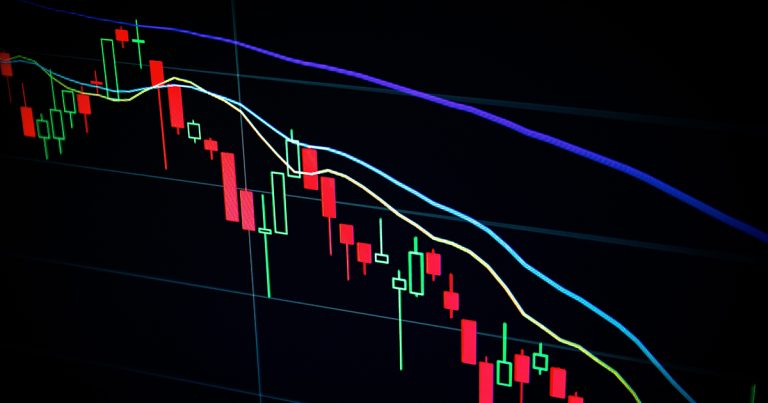6-8-2024 (SINGAPORE) A wave of panic swept through global financial markets on August 5th, leaving investors reeling and analysts scrambling to make sense of the sudden downturn. The dramatic sell-off, which saw major indices plummet across Asia, Europe, and the Americas, has raised questions about the stability of long-held market assumptions and the broader economic outlook.
The day began with shocking numbers flashing across trading screens in Asia. Tokyo’s Nikkei 225 plunged 12%, while Seoul’s Kospi index sank 9%. As markets opened in New York, the tech-heavy Nasdaq dropped 6% within seconds of the opening bell. The ripple effects were felt across various asset classes, with cryptocurrencies tumbling and the VIX volatility index skyrocketing as investors sought refuge in the relative safety of Treasury bonds.
This market upheaval has shaken several pillars that have long underpinned financial market gains. Key assumptions, such as the invincibility of the US economy, the imminent AI revolution, and Japan’s commitment to ultra-low interest rates, have all been called into question in recent weeks.
A series of events contributed to this perfect storm. A weak July jobs report in the US, disappointing AI-driven earnings from Big Tech companies, and the Bank of Japan’s second interest rate hike of 2024 combined to create a potent cocktail of investor anxiety. The result has been a staggering $6.4 trillion erasure from global stock markets in just three weeks.
Vishnu Varathan, head of economics and strategy at Mizuho Bank in Singapore, described the situation as “the great unwind”, warning of “falling knives everywhere” as investors grapple with rapidly shifting market dynamics.
The panic has raised concerns about potential systemic risks. If prolonged, the sell-off could disrupt financial systems, slow lending, and potentially tip the global economy into a long-feared recession. This has led to calls for the Federal Reserve to consider rate cuts, with some analysts even suggesting action before the next scheduled policy meeting in September.
In the bond market, a brief inversion of the yield curve between two-year and ten-year Treasuries – typically seen as a recession indicator – further fuelled economic concerns.
However, some market veterans, like economist Ed Yardeni, have drawn parallels with past market shocks that didn’t necessarily presage economic doom. Yardeni likened the current situation to the 1987 Black Monday crash, which, despite its severity, did not lead to a recession.
The roots of this market rout can be traced back to early July when the Japanese yen began to appreciate sharply. This forced the unwinding of carry trades, creating selling pressure across global markets. Subsequent disappointing tech earnings and cooling economic data added to the bearish sentiment.




